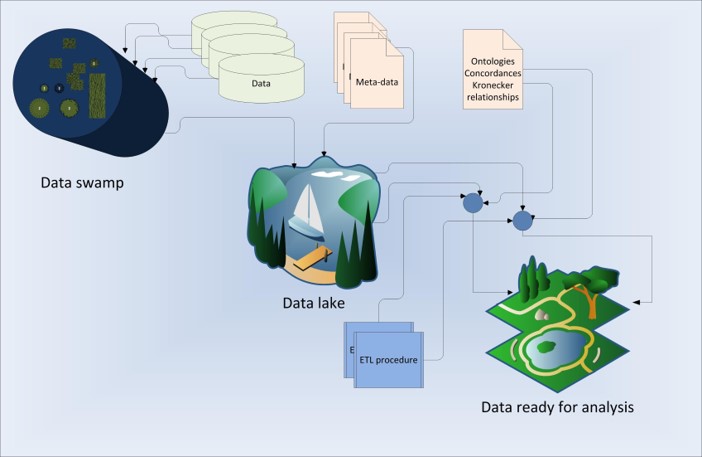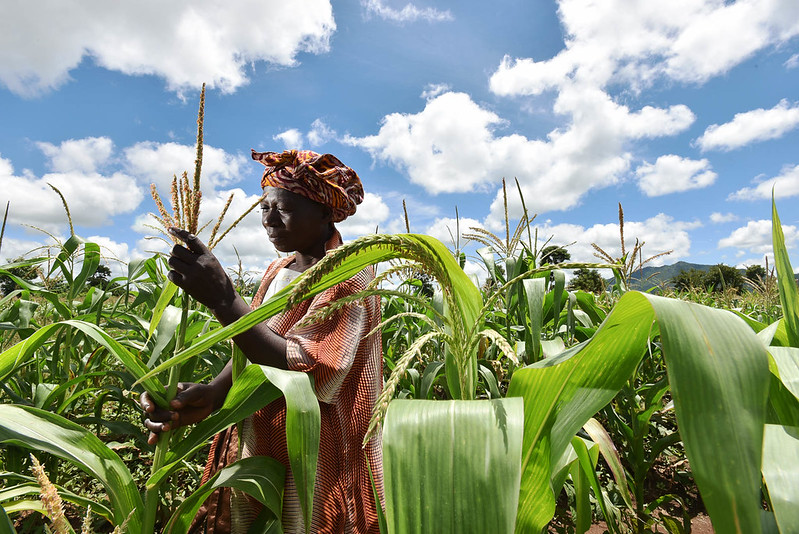Latest Posts
Future-proof crops: challenges and strategies for climate resilience improvement
Breeding for stress-resilient crops strongly depends on technological and biological advancements that have provided a wealth of information on genetic variants and their contribution to stress tolerance. In the context of the upcoming challenges for agriculture due to climate change, such as prolonged and/or increased stress intensities, CO2 increase and…
Options for keeping the food system within environmental limits
The food system is a major driver of climate change, changes in land use, depletion of freshwater resources, and pollution of aquatic and terrestrial ecosystems through excessive nitrogen and phosphorus inputs. Here we show that between 2010 and 2050, as a result of expected changes in population and income levels,…
Global food systems: Can foresight learn from hindsight?
Construction of plausible scenarios for alternative futures of global food systems requires an understanding of how the past led to the present, and the past’s likely relevance to the future. Policy actions affected the past, but are very difficult to foresee. Among those that most shaped global food systems in…
Biophysical and economic implications for agriculture of +1.5° and +2.0°C global warming using AgMIP Coordinated Global and Regional Assessments
This study presents results of the Agricultural Model Intercomparison and Improvement Project (AgMIP) Coordinated Global and Regional Assessments (CGRA) of +1.5° and +2.0°C global warming above pre-industrial conditions. This first CGRA application provides multi-discipline, multi-scale, and multi-model perspectives to elucidate major challenges for the agricultural sector caused by direct biophysical…
Income, consumer preferences, and the future of livestock-derived food demand
In recent decades there has been a sustained and substantial shift in human diets across the globe towards including more livestock-derived foods. Continuing debates scrutinize how these dietary shifts affect human health, the natural environment, and livelihoods. However, amidst these debates there remain unanswered questions about how demand for livestock-derived…
Disability-adjusted life years due to chronic and hidden hunger under food system evolution with climate change and adaptation to 2050
Climate change presents an increasing challenge for food-nutrition security. Nutrition metrics calculated from quantitative food system projections can help focus policy actions.To estimate future chronic and hidden hunger disability-adjusted life years (DALYs)—due to protein-energy undernutrition and micronutrient deficiencies, respectively—using food systems projections to evaluate the potential impact of climate change…
Modeling impacts of faster productivity growth to inform the CGIAR initiative on Crops to End Hunger
In 2017–2018, a group of international development funding agencies launched the Crops to End Hunger initiative to modernize public plant breeding in lower-income countries. To inform that initiative, USAID asked the International Food Policy Research Institute and the United States Department of Agriculture’s Economic Research Service to estimate the impacts…



